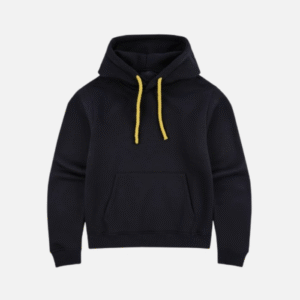Hiking boots are essential for protecting your feet on trails, but for those with wide feet or toe issues, standard boots can be uncomfortable. A hiking boots with wide toe box allows your toes to splay naturally, improving stability, comfort, and circulation — making long hikes more enjoyable.
Why a Wide Toe Box Matters
Many hikers struggle with blisters, numb toes, or foot pain caused by cramped boots. A wide toe box:
-
Reduces pressure on toes and forefoot
-
Prevents rubbing and friction that leads to blisters
-
Improves balance on uneven terrain
-
Accommodates swelling during long hikes or hot weather
Hikers with bunions, hammertoes, or naturally wide feet will especially benefit from boots with extra toe room.
Key Features to Look For
-
Spacious Toe Box
Look for boots that offer room for your toes to move freely without pinching. Your toes should be able to wiggle comfortably. -
Supportive Midsole
EVA or polyurethane midsoles provide shock absorption and stability on rocky or uneven trails. -
Cushioned Footbed
Removable insoles or memory foam footbeds increase comfort and allow for custom orthotics if needed. -
Durable Outsole with Traction
Deep-lug rubber soles prevent slips and provide grip on mud, rocks, and loose terrain. -
Breathable, Waterproof Uppers
Leather, mesh, or Gore-Tex® uppers keep feet dry and ventilated, protecting against moisture without overheating. -
Secure Closure System
Laces or adjustable straps help lock your heel in place, preventing foot movement inside the boot that can lead to friction.
Benefits of Hiking Boots with a Wide Toe Box
-
Enhanced Comfort: Less crowding and pressure on toes, reducing pain on long hikes.
-
Better Stability: Wide base combined with a roomy toe box improves balance.
-
Reduced Foot Fatigue: More natural toe movement helps distribute weight evenly.
-
Protection for Sensitive Feet: Ideal for hikers with bunions, neuropathy, or swollen feet.
Tips for Choosing the Right Hiking Boots
-
Measure Feet Accurately: Measure your feet in the afternoon when they’re at their largest.
-
Try with Hiking Socks: This ensures the fit accommodates thicker socks.
-
Leave Room for Swelling: Feet naturally expand on long hikes; aim for about half an inch of space in the toe box.
-
Break in Gradually: Even wide boots benefit from a few short hikes before tackling long trails.
-
Consider Weight and Terrain: Lightweight boots are ideal for day hikes, while more rugged designs are better for challenging trails.
Final Thoughts
Hiking boots with a wide toe box combine comfort, protection, and performance for long days on the trail. By giving your toes the space they need, these boots prevent pain, improve stability, and make hiking a more enjoyable experience — especially for those with wider feet or foot conditions. Choosing the right pair ensures every step is supported, secure, and fatigue-free.




